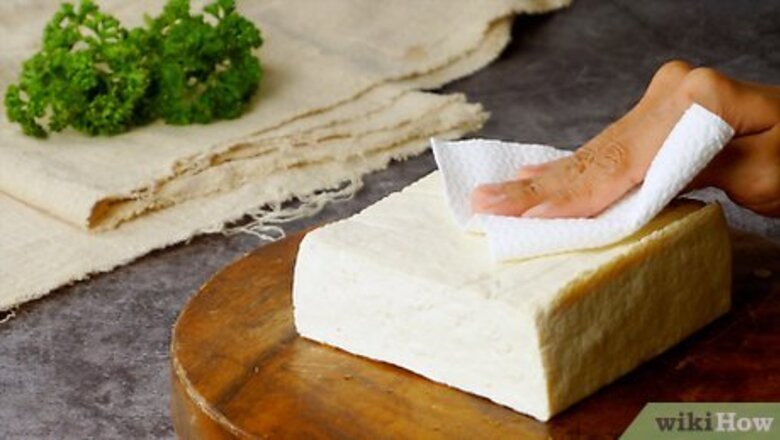
views
Press the Tofu
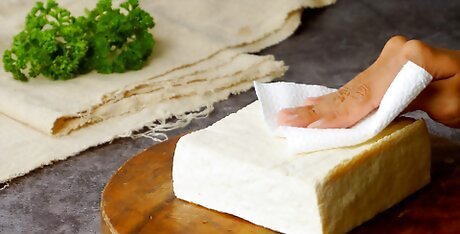
Drain a block of tofu and pat it dry with paper towels. Open a 15 oz (425 g) container of tofu and pour off the water that’s inside. Take the tofu out of the container and pat the surface dry with paper towels. You don’t have to squeeze or press the tofu at this point. Just dry the surface as much as possible. If you're using silken tofu, just pat the surface dry. It is not firm enough to withstand pressing.
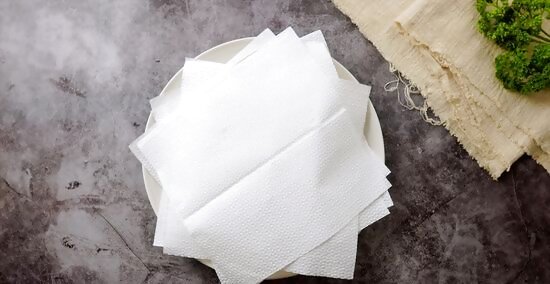
Place the tofu on a plate between 6-8 layers of paper towels. Stack about 3 or 4 layers of paper towels on a sturdy plate and place the block of tofu on top of the paper towels. Then, either wrap the paper towels around the block of tofu or add another 3-4 layers of paper towels on top. The paper towels will help absorb the water released by the tofu as you press it. If your plates are deeply concave, you may want to turn the bottom plate upside-down.
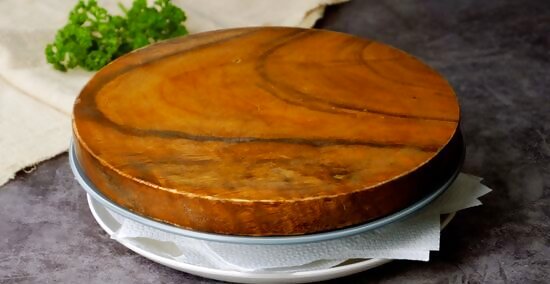
Add another plate and a 2 lb (0.91 kg) weight on top of the paper towels. Once you’ve stacked the tofu and paper towels together, place a second plate on top of the stack. Then, add something heavy—like a cast iron skillet or several cans of food—to the top so the tofu will be pressed between the two plates. Look around your kitchen to see what you can use! Try a canister of flour, for instance, or a large cookbook. You can buy a pre-made tofu press, but unless you’ll be drying tofu frequently, there’s no need to take up your cabinet space with something you won’t use often.

Drain the water off the plate every 30 minutes until no more water comes out. Every 30 minutes, tilt the plate over your sink and pour off any water that’s collected on the bottom plate. If the paper towels get completely soaked, replace them with new ones. The type of tofu you use will affect how long it needs to drain. Super-firm tofu might be completely drained in 30 minutes to an hour, while medium-firm tofu might still need to be pressed for 3-4 hours. In a Hurry? Slice your tofu first, then press it for about 15-30 minutes. Your tofu might not get quite as crispy when you cook it, but this technique will still remove most of the water!
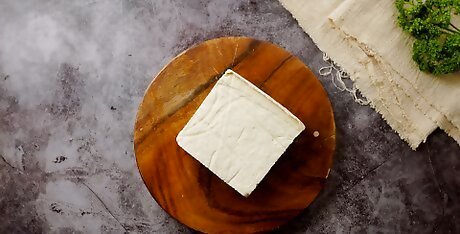
Use the tofu right away or store it for 2-3 days in the fridge. Once you’ve pressed the water out of your tofu, it’s ready to marinate or cook. If you’re not planning to eat it right away, place it in a resealable plastic bag and keep it in the refrigerator for up to 3 days. When you dry your tofu, it will be able to absorb more of the flavors from a marinade, and it will develop a crispier exterior once you cook it.
Using the Microwave for Quick Results
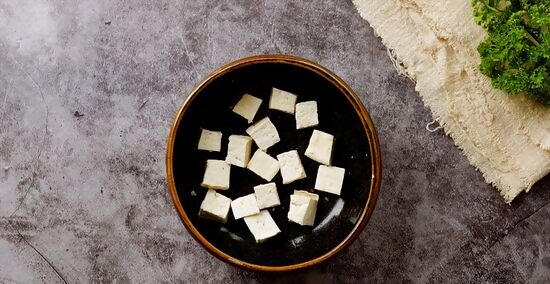
Place your tofu in a microwave-safe container. The tofu will release some liquid in the microwave, so you may want to use a container with a rim. For instance, you might use a microwave-safe takeout container or a flat-bottomed bowl. Leave the tofu uncovered when you put it into the microwave. You can also wrap the tofu in paper towels before microwaving it.

Microwave the container on high for 2 minutes. Place the tofu in your microwave and make sure the power is set to high. Then, turn it on for about 2 minutes. Try not to open the microwave while it’s cooking, as the tofu may not heat all the way through the middle.
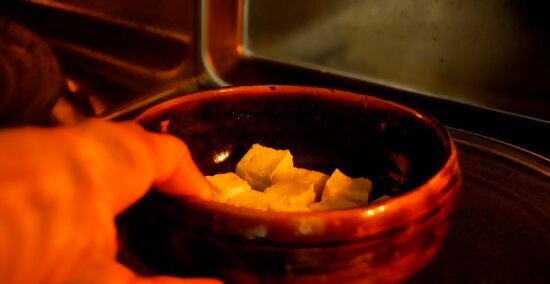
Let the tofu cool until you can comfortably handle it. Carefully remove the container from the microwave and allow the tofu to sit for about 5 minutes. The tofu and the liquid in the bottom of the container will be very hot, so don’t try to touch it until it’s cooled off.
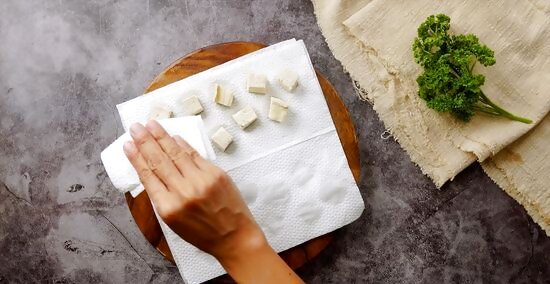
Squeeze out any remaining moisture, then pat the tofu dry. Once the tofu is cool, wrap it in a kitchen towel or paper towels and squeeze out any moisture that’s left inside. Then, use the towels to pat the surface of the tofu until it feels dry and spongy. Your tofu will now be ready to marinate or cook with!
Soaking Your Tofu in Salt Water
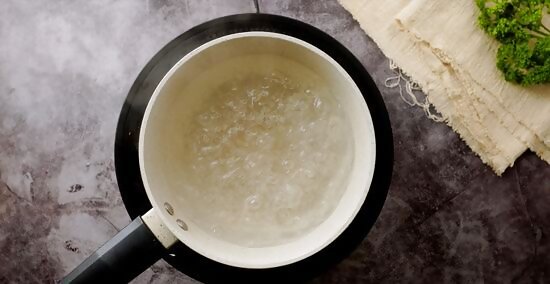
Bring 2 cups (470 mL) of salted water to a boil. Place a pot on the stove and measure out 2 cups (470 mL) of water. Then, add about 2 tbsp (35 g) of salt to the water. Turn your stove to high heat and bring the water to a rapid boil. It may seem strange to pour water over something to dry it out. However, the heat and salt will cause the tofu to tighten, which will force out the water that’s inside. Tip: This technique is faster than pressing or freezing, making it a great option when you want to add tofu to a weeknight dinner! Salted water takes longer to boil than fresh water, so if you’d prefer, you can wait to add the salt until after the water boils.

Cut your block of tofu into squares and place it in a shallow bowl. First, cut the block of tofu lengthwise into about 3 slices. Then, cut each slice into long strips. Finally cut the strips into uniform squares or cubes. Once you’ve cut the tofu, move it to a shallow container or bowl. Having evenly-cut pieces will ensure they soak and cook evenly. However, if you have a few irregular pieces, it will be fine. If you’d prefer to leave your tofu in planks, that’s okay too.
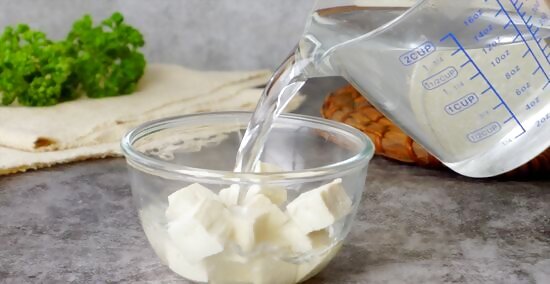
Pour the water over the tofu. Once your water is at a rolling boil, carefully lift the pot and carry it to the bowl of tofu. Tipping the pot away from you, pour the water slowly over the tofu. Remember, the steam and the water can both burn you, so be very careful. It’s a good idea to use oven mitts or pot holders when you pick up the pot, as the handle could be hot. It’s okay if the water doesn’t completely cover the tofu.

Allow the tofu to sit in the water for about 15 minutes. The salt water will help draw the moisture out of your tofu as it soaks. In addition, the tofu will absorb a little of the salt, so it will be more flavorful when you cook it. Try prepping the rest of your meal or mixing up a marinade while you’re waiting!
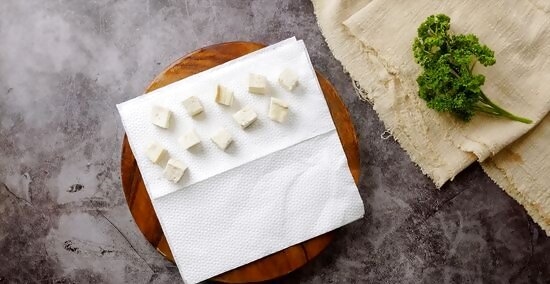
Wrap the tofu in a towel or paper towels and squeeze out any remaining liquid. After the tofu has soaked, take it out of the water and place into a clean kitchen towel or a stack paper towels.Gently squeeze the tofu to remove any water that’s left, then pat the surface dry. After that, your tofu is ready to cook!
Freezing the Tofu Overnight
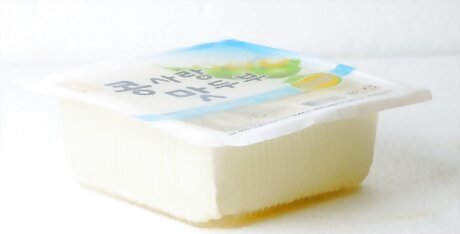
Place a 15 oz (428 g) container of tofu in the freezer overnight. After you purchase your tofu, place it directly into the freezer for 6-8 hours or overnight. Do not open the package or pour off the water, as the tofu might get freezer-burned. Freezing tofu before you press it takes a little advance planning, but the actual drying process is much shorter than using the traditional pressing method. However, freezing the tofu will change its texture, making it somewhat more bready than tofu that hasn’t been frozen.
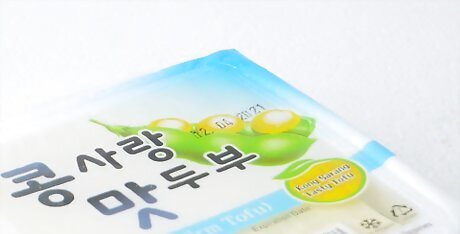
Thaw the tofu in the refrigerator for 5 hours or overnight. Once the tofu has frozen completely solid, remove it from the freezer. Place the container into your refrigerator and let it sit there for at least 5 hours or overnight, or until there are no ice crystals remaining on the tofu. You can also place the tofu container under cool running water to help defrost it more quickly.
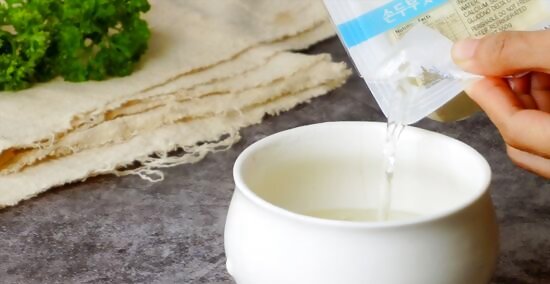
Open the container and drain off any liquid. Once the tofu seems thawed, open the container and carefully pour off the water that’s collected in the bottom. If you’d like, you can pierce the tofu with a knife to ensure it’s thawed all the way through the center. If the tofu is still frozen, place it in the refrigerator until it’s completely thawed. If there’s ice in the center, the tofu will not dry properly.

Press the tofu with your hands to squeeze out the water. Take the tofu out of the container and hold it in both of your hands over the sink. Then, squeeze your hands together to force as much of the liquid out of the tofu as you can. If you’re having trouble squeezing the tofu in your hands, try placing it between 2 plates first. Press them together as hard as you can without smashing the tofu, then drain off the water.
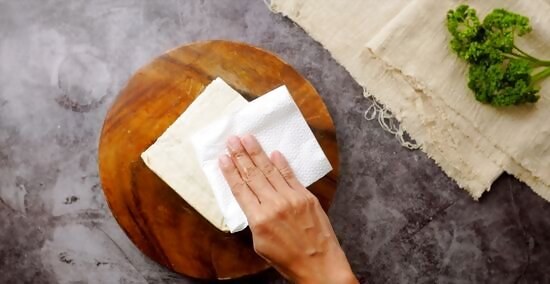
Pat the tofu dry and use or refrigerate it immediately. Use paper towels to pat the surface of the tofu dry after you’ve pressed it. Then, you can marinate it and use it in stir-fry, on the grill, bake it, or fry it, depending on your favorite recipe! If you’re not going to use the tofu right away, put it in an airtight container or a resealable plastic bag and place it in the fridge for 2-3 days.



















Comments
0 comment